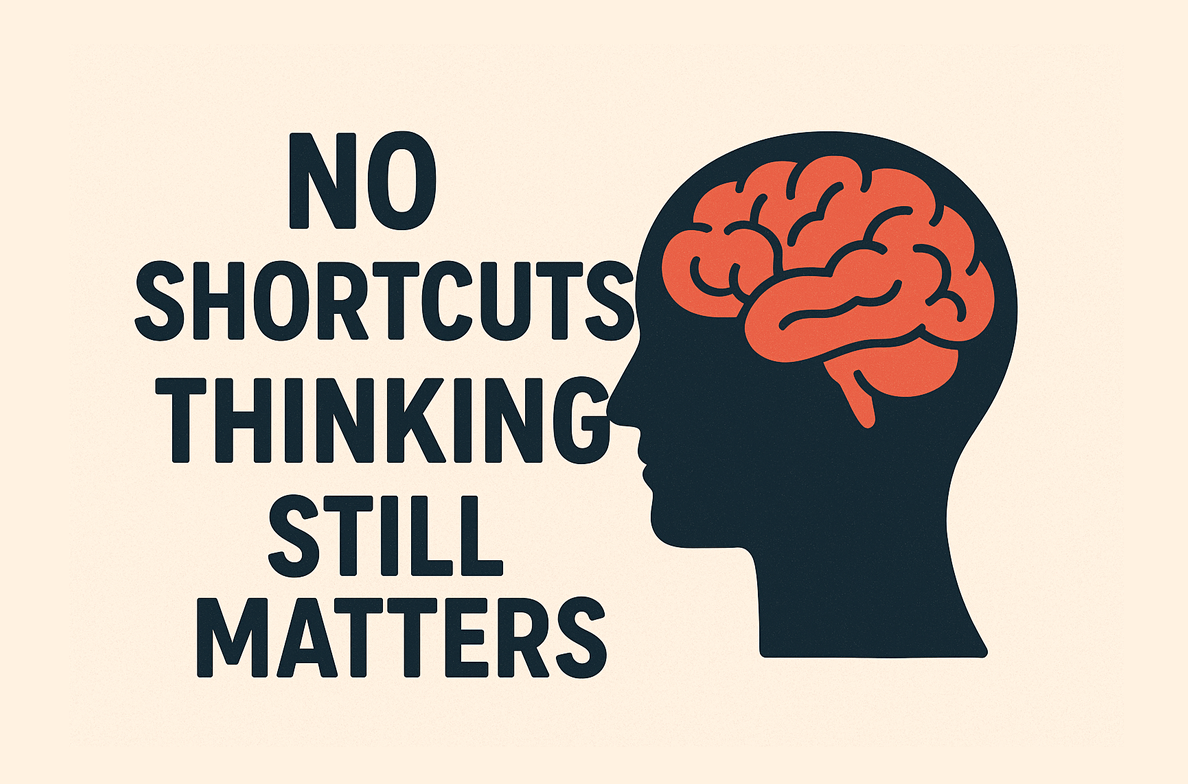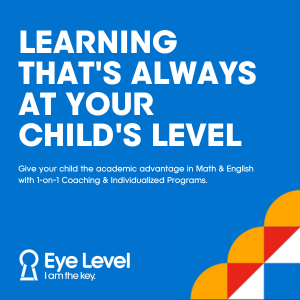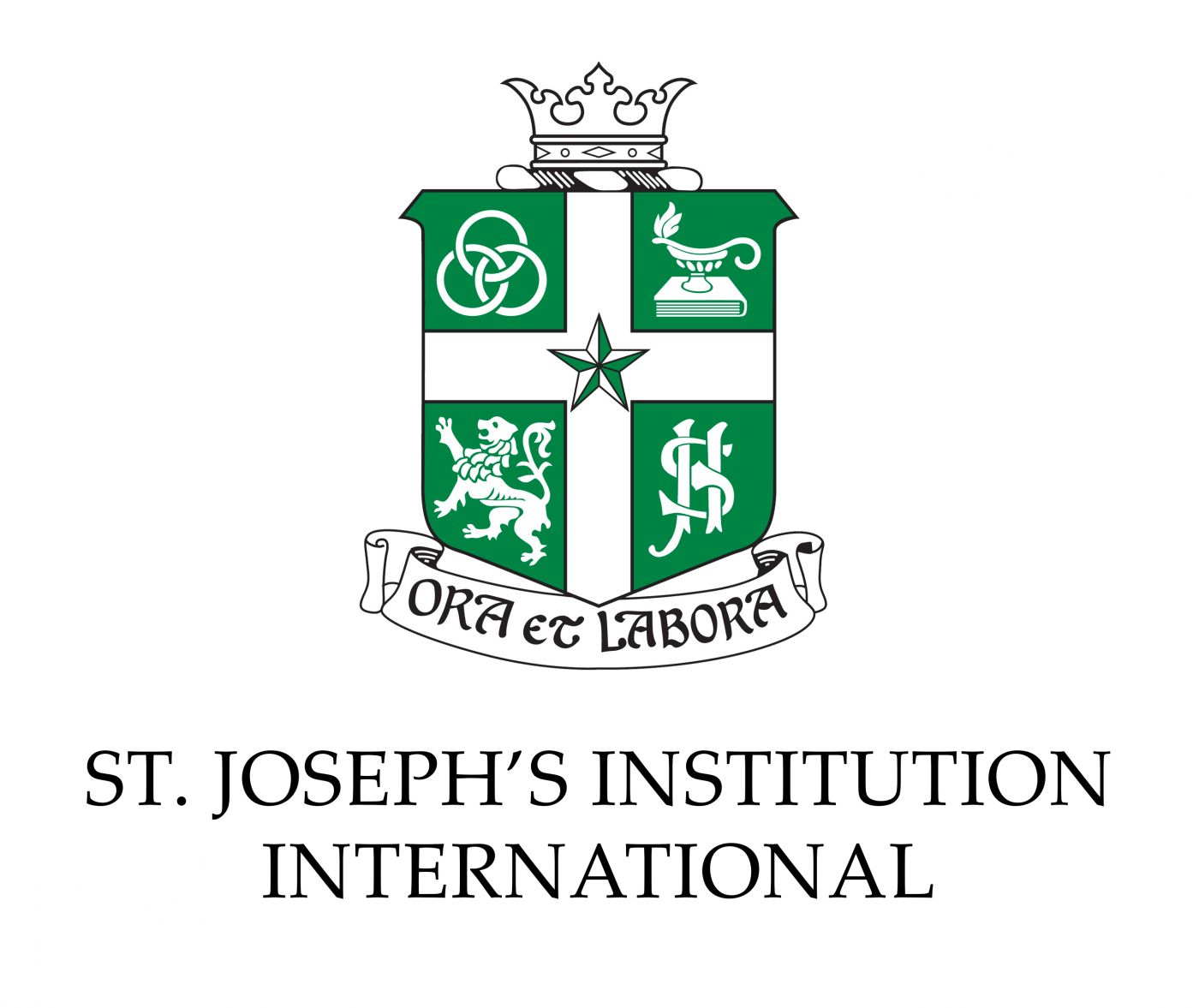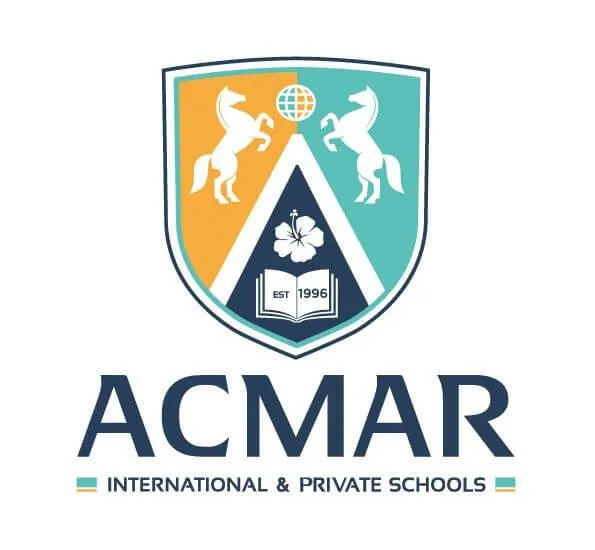A typical preschool education lasts for three years. The age of an average preschooler is three years old and they will receive an early years education until the age of six before they enter primary school.
Once parents have selected a preschool, they will need to prepare their children for the preschool experience. This includes helping children adjust to the daily routine of attending preschool and introducing the idea of preschool to them. Parents can read one of the many books available to their children to give them a sense of what school life will be like. In addition, parents should also talk about what happens in preschool – what goes on, how fun it will be, and how he or she will make lots of friends.
In the year leading up to the start of preschool, parents are encouraged to visit the preschool with their children to familiarise them with the preschool environment. Parents can also attend trial classes and workshops if they are offered by the preschool. This will give a chance for their children to socialise with their peers.
What Is Preschool/Kindergarten?
Preschools and pre-Kindergartens have a few similarities. They are categorized under the preprimary category which aims to promote kindergarten and school readiness in children. Both preschools and pre-Kindergartens emphasise on the importance of play, discovery and hands-on learning. Activities such as music, dance, art, physical exercise and dramatic play can be found in both preschools and pre-Kindergartens.
Next, preschools and pre-Kindergartens promote the developmental learning and growth in children. The education a child receives in the preschool and pre-Kindergarten will help build communication skills, self-confidence and self-esteem alongside academic skills.
The term, ‘kindergarten’, was coined by Friedrich Froebel, a German educator. The Kindergarten Movement introduced the concept of children as plants and teachers as the gardeners who take care of them - kinder meaning child and garten meaning garden.
What is the best age to start Preschool/Kindergarten?
Generally, a preschooler is three to six years old. A preschool education prepares children to enter primary school. In Malaysian national schools, children will start their first year of primary school (Standard 1) at age seven.
Typically, most children enter preschool at age four or five. There are also programmes that cater to three year-olds. However, the decision of when a child enters preschools is solely up to the parents. Several factors should be taken into consideration by parents who want to enroll their children in preschool. These factors are age, maturity, sociability, and temperament, among others.
The benefits and importance of Preschool/Kindergarten
A child’s brain development is at its peak from birth to eight years old. Therefore, the purpose of preschool is to develop a child’s cognitive, emotional, physical and social skills during those formative years. The skills will help create a solid foundation for lifelong learning. Research shows that two years of preschool education will help children better prepare to enter primary school as they have acquired literacy, emotional and social skills. In addition, a preschool education gives children opportunities to engage in facilitated play, critical thinking and relationships with other children and adults. Research supports that children who are exposed to this learning environment will stand a better chance of succeeding not only in school, but in life overall.
What is the Preschool/Kindergarten curriculum?
There are many types of preschool curriculum available today but play-based learning is one of the most popular. In play-based learning, children learn by interacting with the world around them. Activities include doing puzzles, playing with blocks, painting and drawing, reading books and listening to stories or poetry. Children also play dress up and participate in music, dance and drama activities. In terms of physical exercise, children climb and play on outdoor equipment. They run, swing and jump with other children. Playing with clay, sand, water, paint, paper and colours are also common in play-based learning.
Types of Preschool/Kindergarten
The difference between preschool and pre-K or pre-Kindergarten is the child’s age. Children aged two to four years old enter preschool whereas children aged four to five years old enter pre-Kindergarten. Other than age, preschool and pre-Kindergarten also differ in terms of a child’s learning development and abilities. Children are accepted into a particular preschool depending on their ability to meet the preschool’s requirements and benchmarks. Many preschools are privately owned and charge higher fees.
Pre-Kindergarten is catered to older children who will enter kindergarten. The curriculum at pre-Kindergarten aims to help children develop skills to make a smooth transition into school. Most pre-Kindergarten programmes are full-day programmes. A typical pre-Kindergarten programme is academic and structured – focusing on subjects such as mathematics, science and language. Structured reading, writing, and problem-solving activities are also commonly found in a pre-Kindergarten programme.
On the other hand, preschool can be seen as an extension of daycare. There is a less structured learning style. Children will learn basic things such as colours, shapes, numbers and the alphabet with the help of teachers.
Types of Preschool/Kindergarten in Malaysia
In Malaysia, formal education begins at four years old when a child enters preschool. Preschool and kindergarten are often used interchangeably. In a nutshell, preschools are learning institutions that offer an early years’ education to children aged three to six years old.
You will also hear terms like ‘tadika’ and ‘taska’ to refer to early years centres in Malaysia. Both terms are in the Malay language and refer to two different types of early childhood education. ‘Taska’ is an abbreviation for ‘Taman Asuhan Kanak-kanak’ which essentially means a childcare centre or nursery. They cater to children from birth to four years old.
On the other hand, ‘tadika’ is an abbreviation for ‘Taman Didikan Kanak-kanak’. ‘Tadika’ is the Malay translation for Kindergarten. Children between four and six years old can enter ‘tadika’.
How do you apply for Preschool/Kindergarten?
For government preschools, parents can send an application online or manually via a particular preschool. This is only applicable to children of Malaysian citizens who are aged four or five years old during the school year. On the other hand, parents can conduct their own research on the application process when it comes to private preschools.
For private preschools, parents can do their own research and shortlist schools based on their requirements such as fees, location and curriculum offered. In addition, parents can go on preschool tours and visit Open Days for more information. Parents can contact the schools personally to ask for registration details and provide the documentation and paperwork needed.
How to choose the right Preschool/Kindergarten?
There are several factors for parents to consider when choosing a preschool (link to: https://educationdestinationmalaysia.com/schools/preschool-kindergarten) for their child. Parents are encouraged to do their research early and take into consideration their needs as well as their child’s. Important factors to look into are curriculum offered, teacher credentials, teaching and disciplinary methods, outdoor and physical activities and safety.
What are the fees for Preschool/Kindergarten?
Fees for preschools vary greatly depending on whether they are privately owned preschools or government preschools. Therefore, it’s important for parents to find a preschool that fits their budget.
Click here for more information on preschools in Malaysia!


































